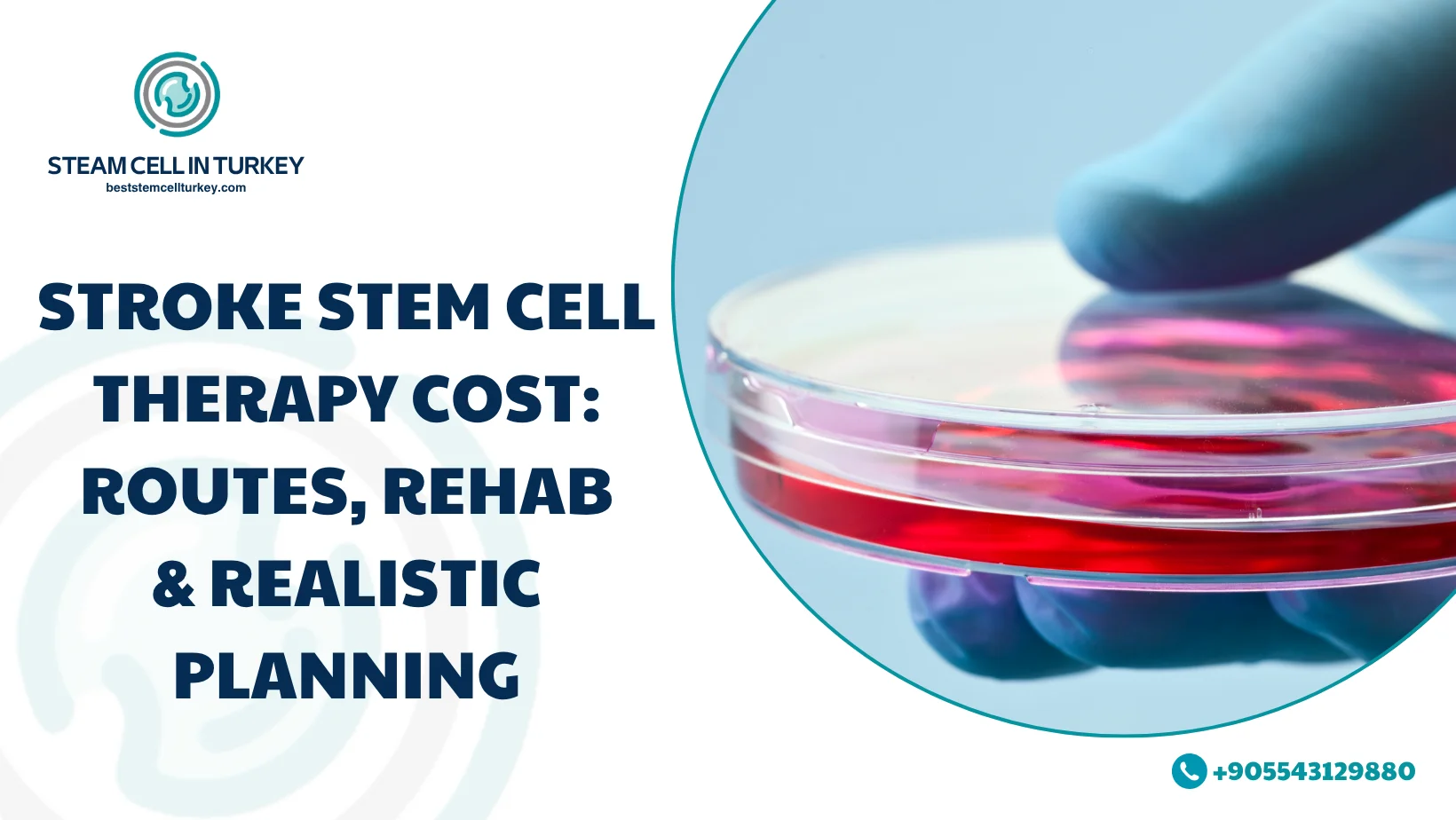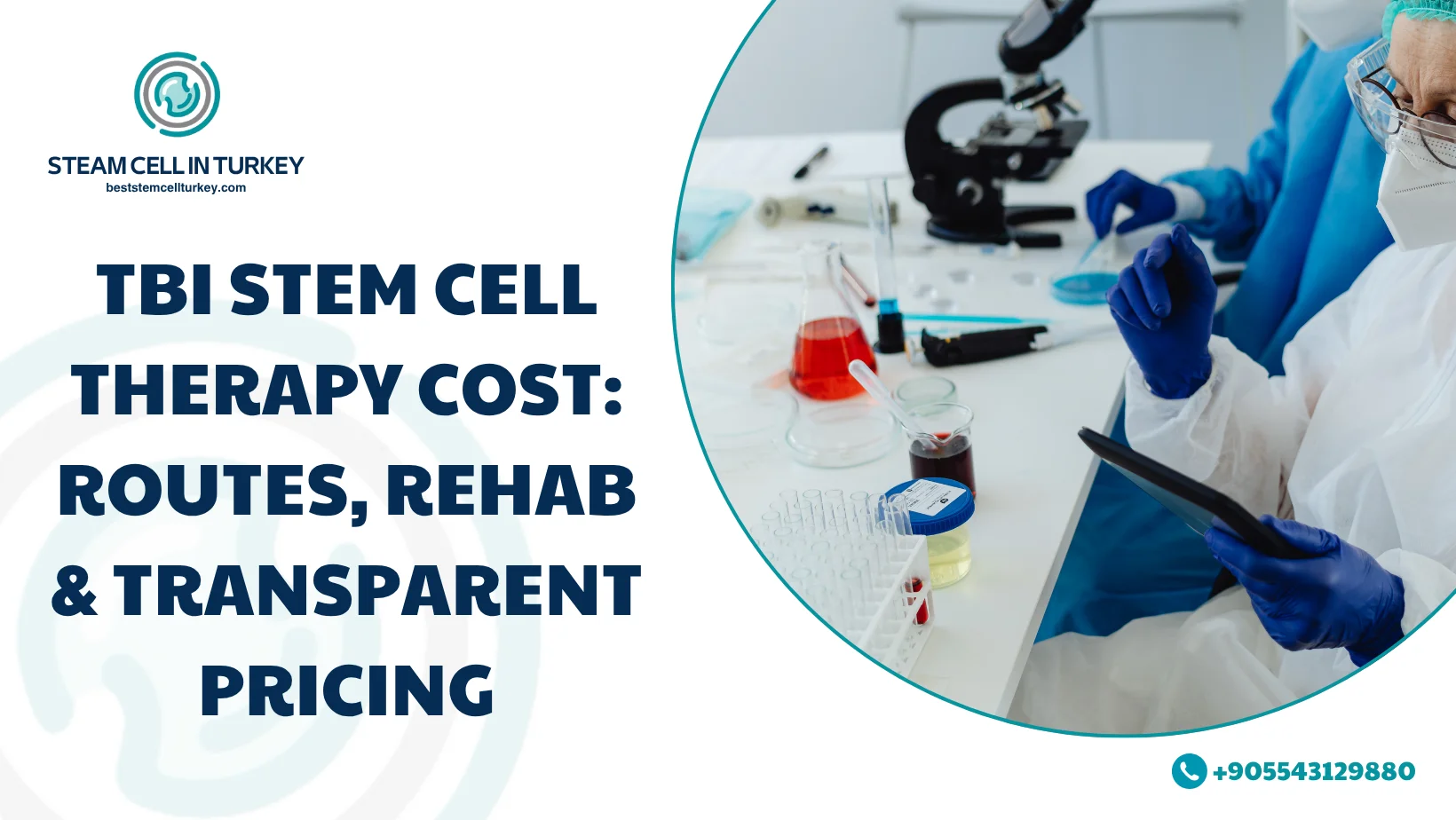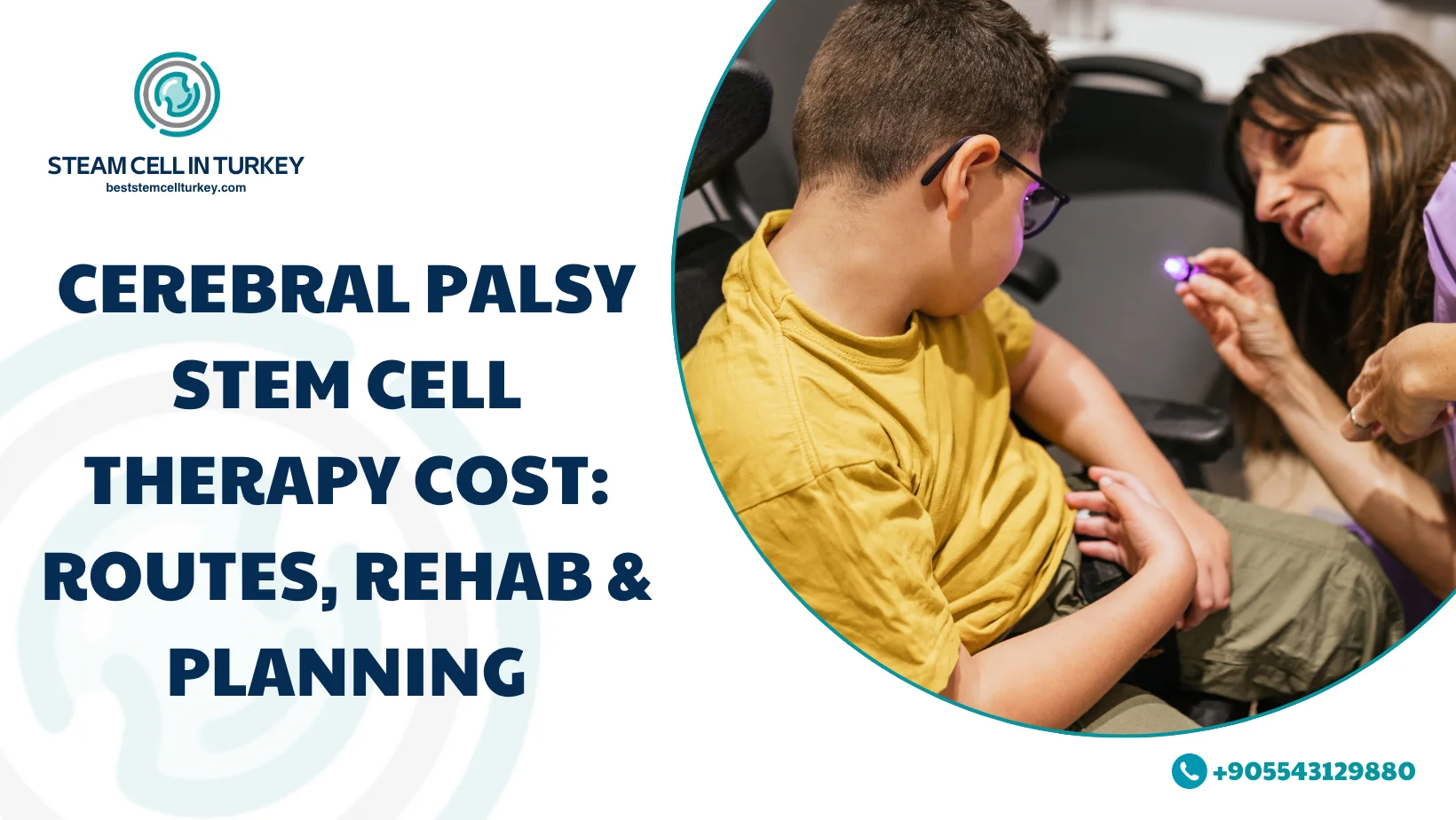Pricing Stroke Stem Cell Therapy Cost starts with clarity on what you’re actually buying: therapy type, delivery route (intra-arterial/intravenous/intrathecal/intralesional), manufacturing quality (GMP + batch COA)، the intensity of neuro-rehab wrapped around the procedure. Below is a practical, safety-first guide to compare quotes fairly, align expectations with evidence and regulation, and plan travel/financing without surprises.
What drives the price (line-by-line)
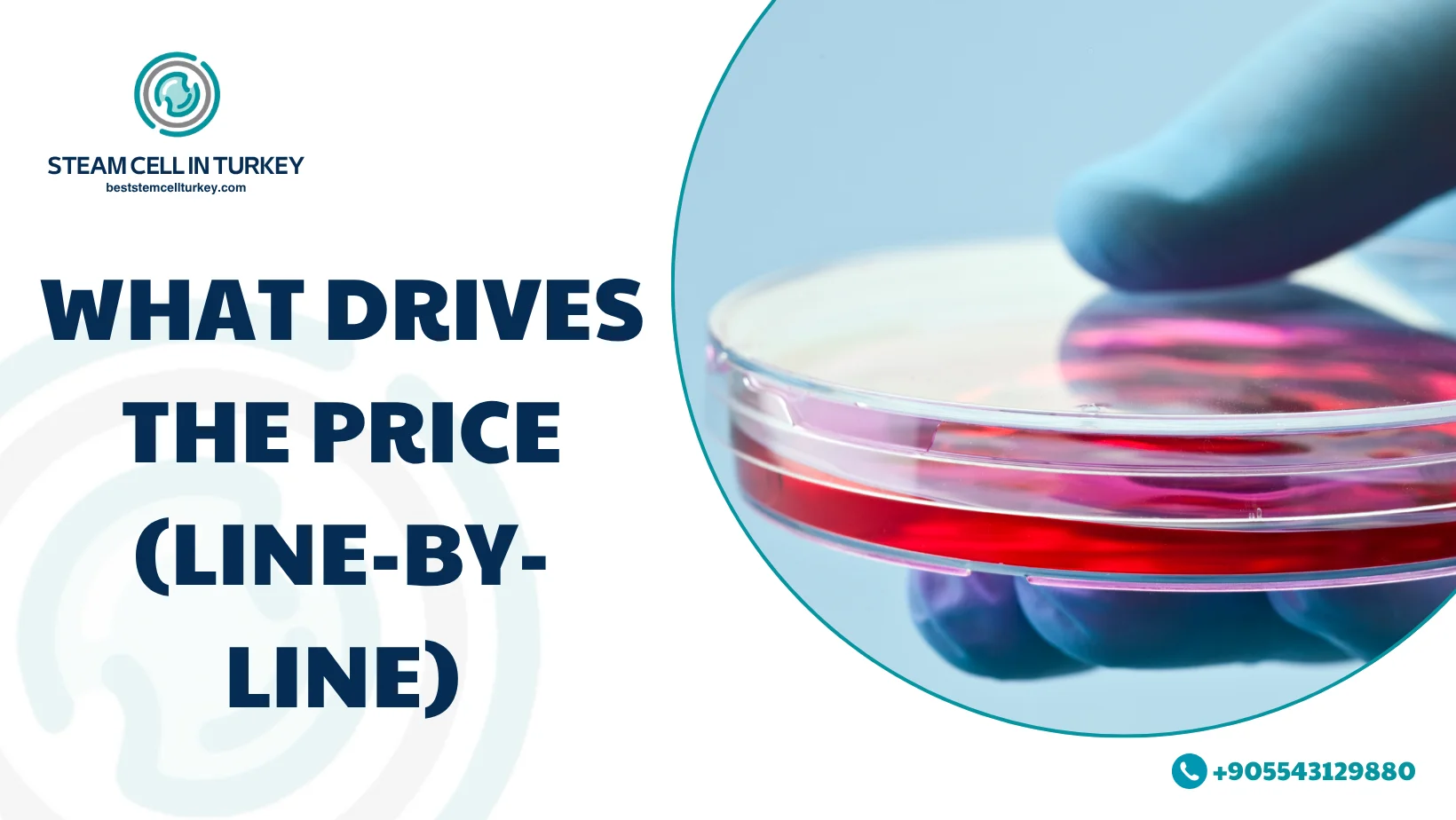
Clinical workup & candidacy
Neurologic exam, stroke type (ischemic vs. hemorrhagic), time from event, MRI/CT, comorbidities/meds. Anchor any investigational add-on to AHA/ASA guideline pathways for standard care and secondary prevention.
Cell product & documentation (non-negotiable)
Insist on a GMP certificate (valid dates/scope) and batch COA with identity markers, viability, sterility/endotoxin, mycoplasma, and cell count per vial—plus storage/handling and chain-of-custody. (Cell therapies are regulated as ATMPs in the EU.)
Delivery route
-
Intravenous / intra-arterial: outpatient or cath-lab resources; priced per session (IA adds imaging time).
-
Intrathecal (lumbar puncture): day-procedure; used in neuro trials/series.
-
Intralesional/intracerebral: neurosurgical delivery under imaging/OR—highest facility/anesthesia cost.
Dose & sessions
Total cells (often expressed in “million cells”), single-visit vs. staged program; ask for per-session and cumulative dose math.
Rehabilitation intensity (value engine)
Outcomes hinge on structured, progressive, task-specific neuro-rehab (high repetition). Budget the rehab block up front—it’s part of the therapy’s value, not an add-on.
Follow-ups
Defined milestones (mRS, NIHSS, FMA-UE/LE, 6MWT/10MWT, cognition), AE monitoring, and telehealth check-ins—written in the quote.
Evidence landscape (set expectations, avoid hype)
The scientific picture is encouraging but incomplete—so smart planning means balancing hope with realism.
-
Stroke cohort data → Systematic reviews and meta-analyses show promising but variable functional gains. Authors consistently call for larger, high-quality RCTs and protocol standardization before drawing firm conclusions.
-
Practical takeaway → Approach with cautious optimism, supported by rigorous consent processes and objective follow-up, rather than any promises of cure.
-
Patient protection → The ISSCR Guidelines (isscr.org) highlight the ethical pathway for clinical translation, stressing truthful communication, transparent risk/benefit framing, and independent oversight. Use them as a checklist when assessing proposals or websites.
Price Transparency: What to Look For
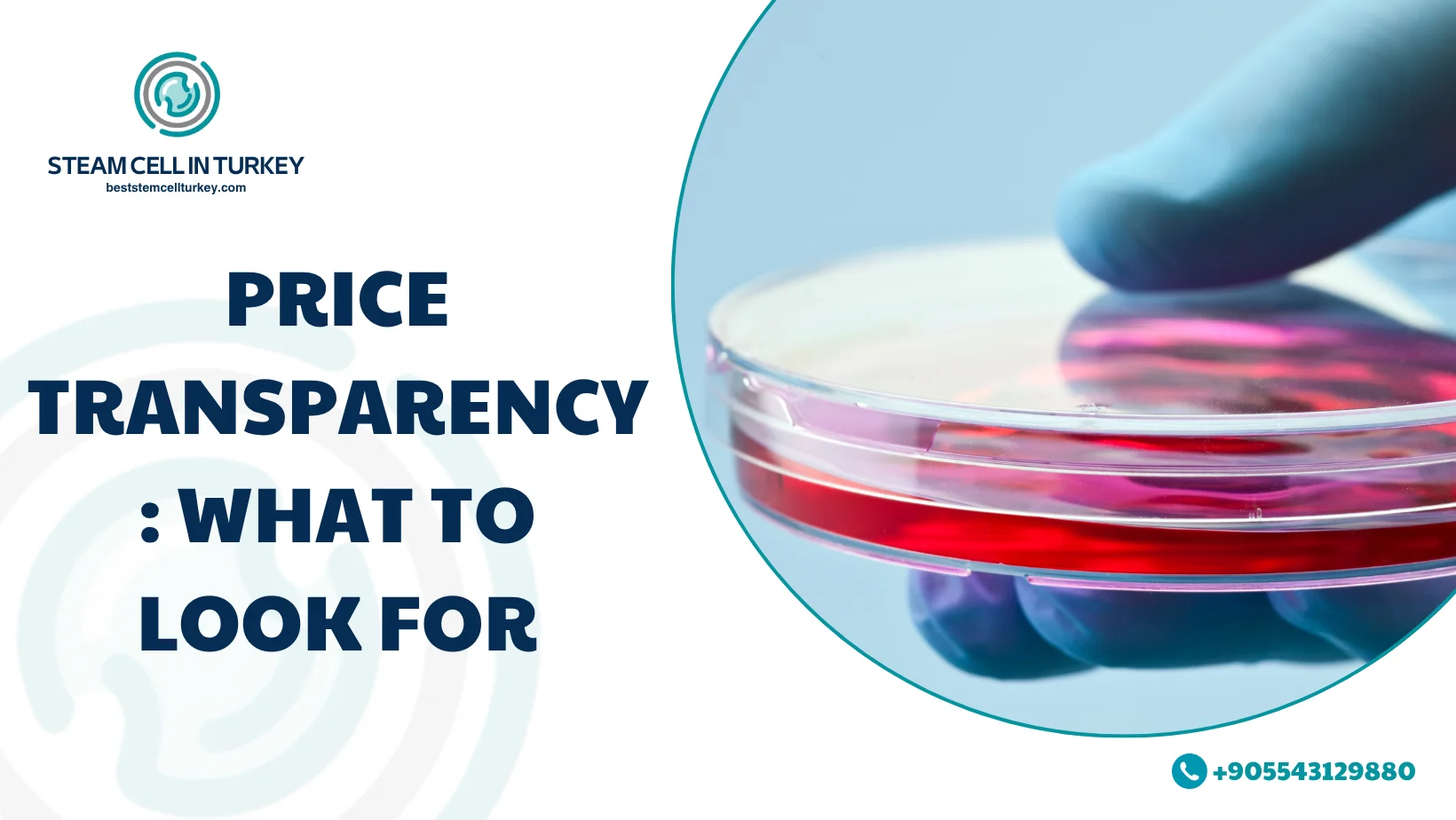
Includes/Excludes table
Workup (neuro, imaging, labs), procedure(s), route (IV/IA/IT/intralesional), imaging guidance, anesthesia/sedation, supplies, follow-ups, and rehab blocks (hours/week).
GMP & COA packet
GMP certificate + batch COA (identity, viability, sterility/endotoxin, mycoplasma, cell count), storage/handling, chain-of-custody.
Regulatory posture & consent
Alignment with FDA/EMA and ISSCR; no guarantees; clear alternatives (guideline-based stroke rehab, secondary prevention).
Pricing math
Cost per million cells (when relevant), session count, and any bundle savings (guidance, rehab, travel).
Adverse-event reporting
Written process and routes (e.g., FDA MedWatch in the U.S.).
Red flags
Guaranteed outcomes; vague “per session” pricing without dose/route; missing GMP/COA; pressure to pay before documentation; claims that exosome products are “approved” (they are not in the U.S.).
Rehab bundle (turn the procedure into progress)
A procedure alone isn’t enough—the real gains come when biology is paired with structured, task-specific rehabilitation. That’s why we recommend a three-phase bundle that builds from protection to participation:
Phase 1 – Prime & Protect
-
-
Manage edema and pain.
-
Focus on positioning and tone control.
-
Encourage early, safe mobility.
-
Screen for neglect and aphasia to guide early therapy.
-
Phase 2 – Capacity & Control
-
-
High-repetition task practice for upper and lower extremities.
-
Structured gait training programs.
-
Use constraint-induced methods when clinically appropriate.
-
Add cognitive and communication therapy for integrated recovery.
-
Phase 3 – Function & Participation
-
-
Target ADL and IADL goals for daily independence.
-
Build community ambulation skills.
-
Plan for return-to-work or meaningful activities.
-
Include caregiver training to sustain progress at home.
-
Checkpoints matter: track recovery objectively with mRS, NIHSS, FMA-UE/LE, 6MWT/10MWT, along with safety flags and home-program adherence.
Why patients choose Best Stem Cell Turkey
Choose documentation over hype. Pair verifiable GMP/COA with the right route, an intensive rehab bundle, and clear follow-ups—then lock your dates and payment path to start sooner and safer with Best Stem Cell Turkey.
-
Best price at the highest quality: globally competitive quotes with GMP-grade safeguards and batch COA you can read before you travel.
-
Route clarity: explicit IV/IA/IT/intralesional plan, with imaging/anesthesia line-itemed and justified.
-
Rehab-first approach: intensive, checkpointed neuro-rehab integrated into your quote—not added later.
-
Frictionless logistics: time-zone-smart scheduling, secure uploads, concierge travel, and 0%/low-APR paths (subject to eligibility).
→ Book a Free Consultation · See Financing · Compare Packages
FAQs about Stroke Stem Cell Therapy Cost

1) Why do stroke stem cell quotes vary so much?
Because costs reflect route (IV/IA/IT/intralesional), dose/sessions, facility/anesthesia needs, and rehab intensity—plus whether the provider can show GMP + batch COA. Ask for a side-by-side with includes/excludes and cost per million cells (if applicable).
2) Is there solid proof it works?
Human data show promising but variable functional signals; reviews call for larger, high-quality RCTs. Any offer should set cautious expectations and track objective outcomes.
3) Which route is best?
It depends on timing, lesion pattern, goals, and risk tolerance. IV/IA routes are common in research settings; intrathecal is used in some neuro studies; intralesional is most invasive and costliest. Your plan should justify the choice in writing.
4) What paperwork should I demand before paying?
A current GMP certificate (scope/dates) and batch COA (identity, viability, sterility/endotoxin, mycoplasma, cell count), storage/handling, chain-of-custody, plus clear regulatory posture and AE reporting steps.
5) Can I finance or bundle travel and caregiver support?
Yes—use Financing for structured payments and Packages for transfers, hotel, interpreter, and accessibility planning.
Medical Sources
-
FDA — Consumer Alert on Regenerative Medicine Products; Important Patient & Consumer Information; MedWatch reporting. U.S. Food and Drug Administration+1
-
EMA — Advanced Therapy Medicinal Products (ATMP) overview. (EMA)
-
ISSCR — Guidelines for Stem Cell Research and Clinical Translation (2021). isscr.org+1
-
AHA/ASA — Guidelines/slide deck for acute ischemic stroke management (standard-care anchor). heart.org+1
-
Meta-analyses (human ischemic stroke): MSC/cell-based therapies—signal with heterogeneity; need larger RCTs. OUP Academic+1
-
Route context: Intrathecal use in neuro clinical research. مكتبة كوشران
Ready to plan with confidence?
→ Book a Free Consultation
→ Explore Financing Options
→ contact with us via what’s up

